Sold
Shelby CSX2345 Bob Bondurant Tribute Car
Engine:
Shelby Engines 364c.i.
Transmission:
Tremec 5-speed
Exterior Color:
Viking Blue
Interior Color:
Black
Miles:
4
Overview
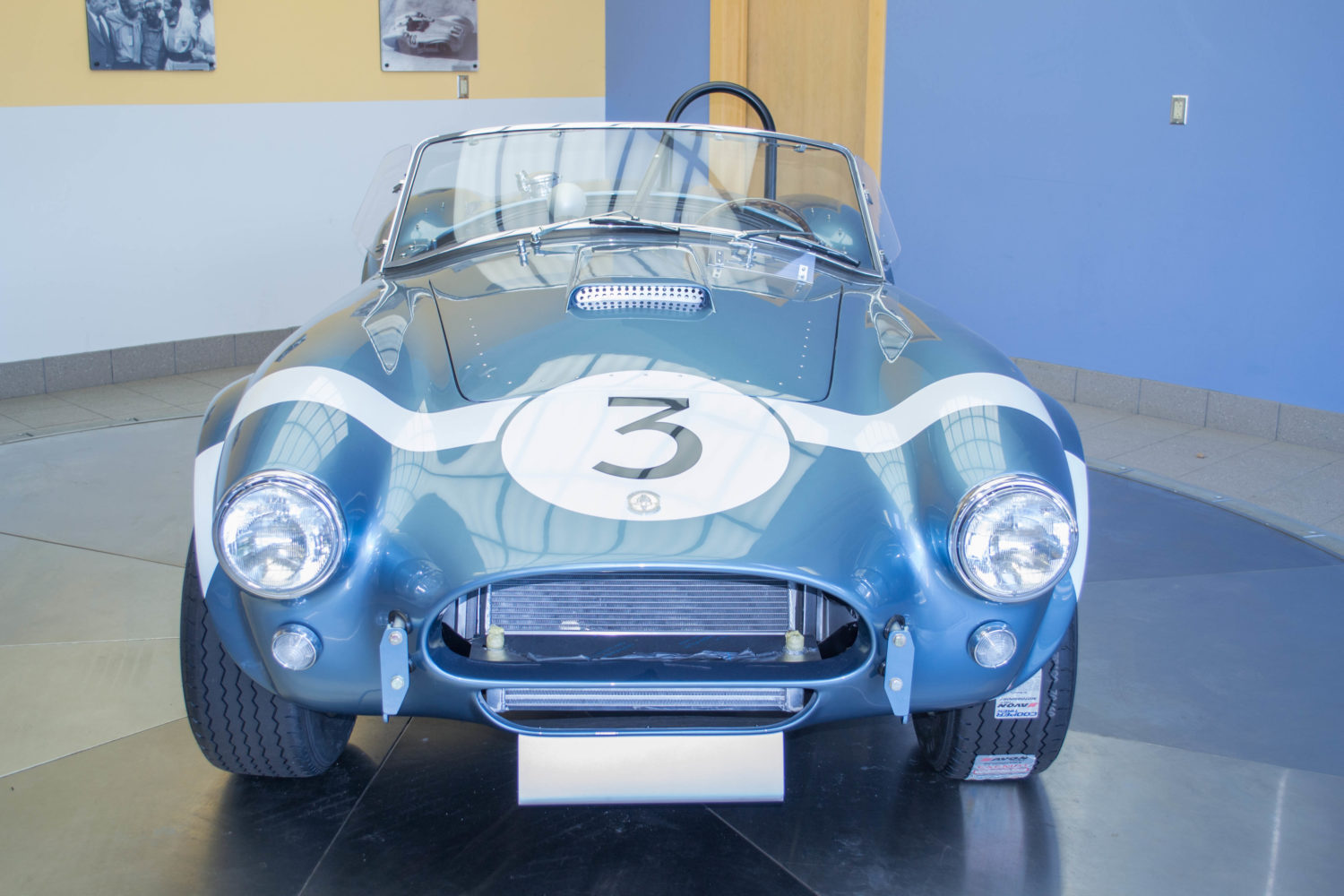
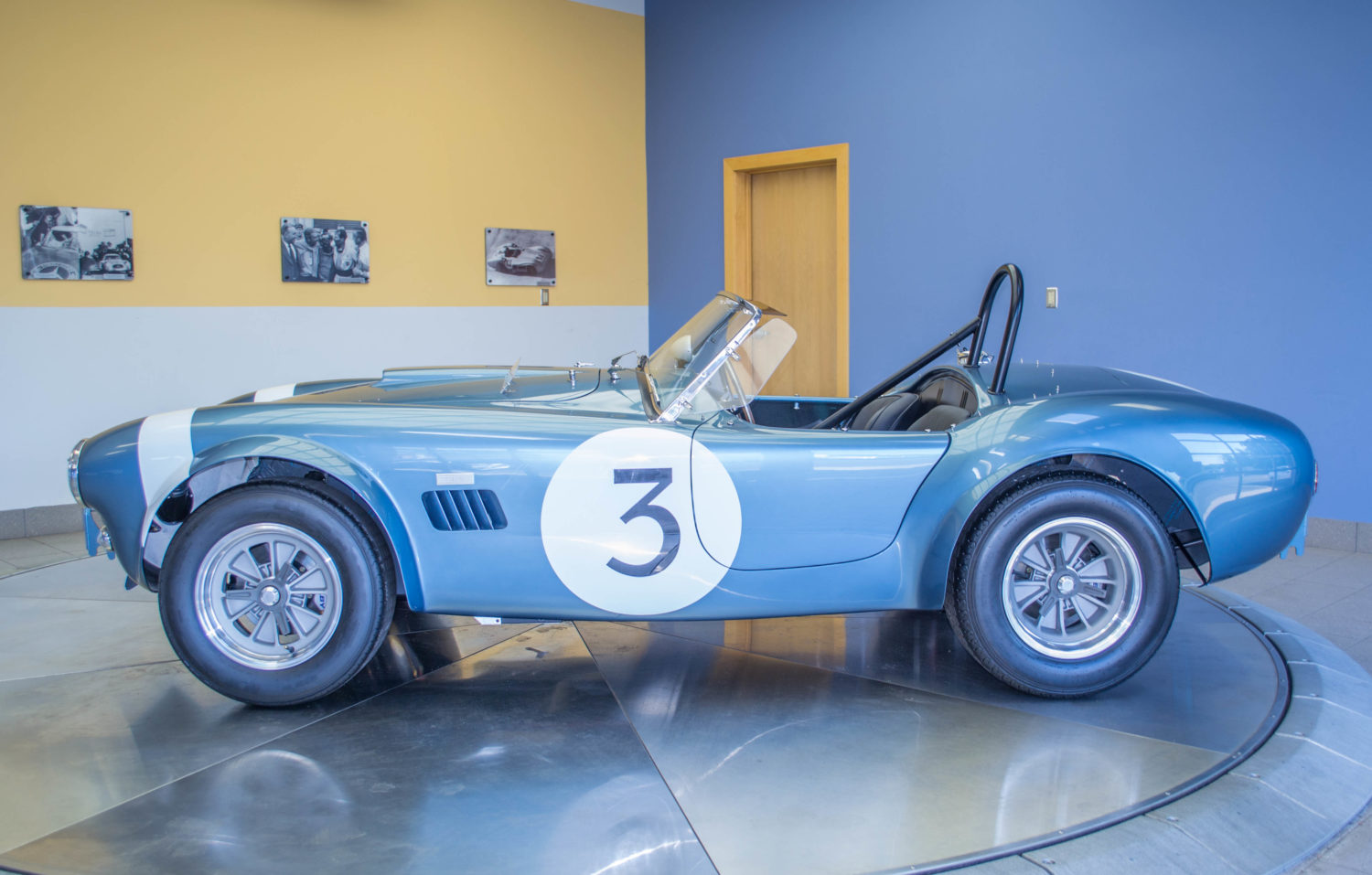
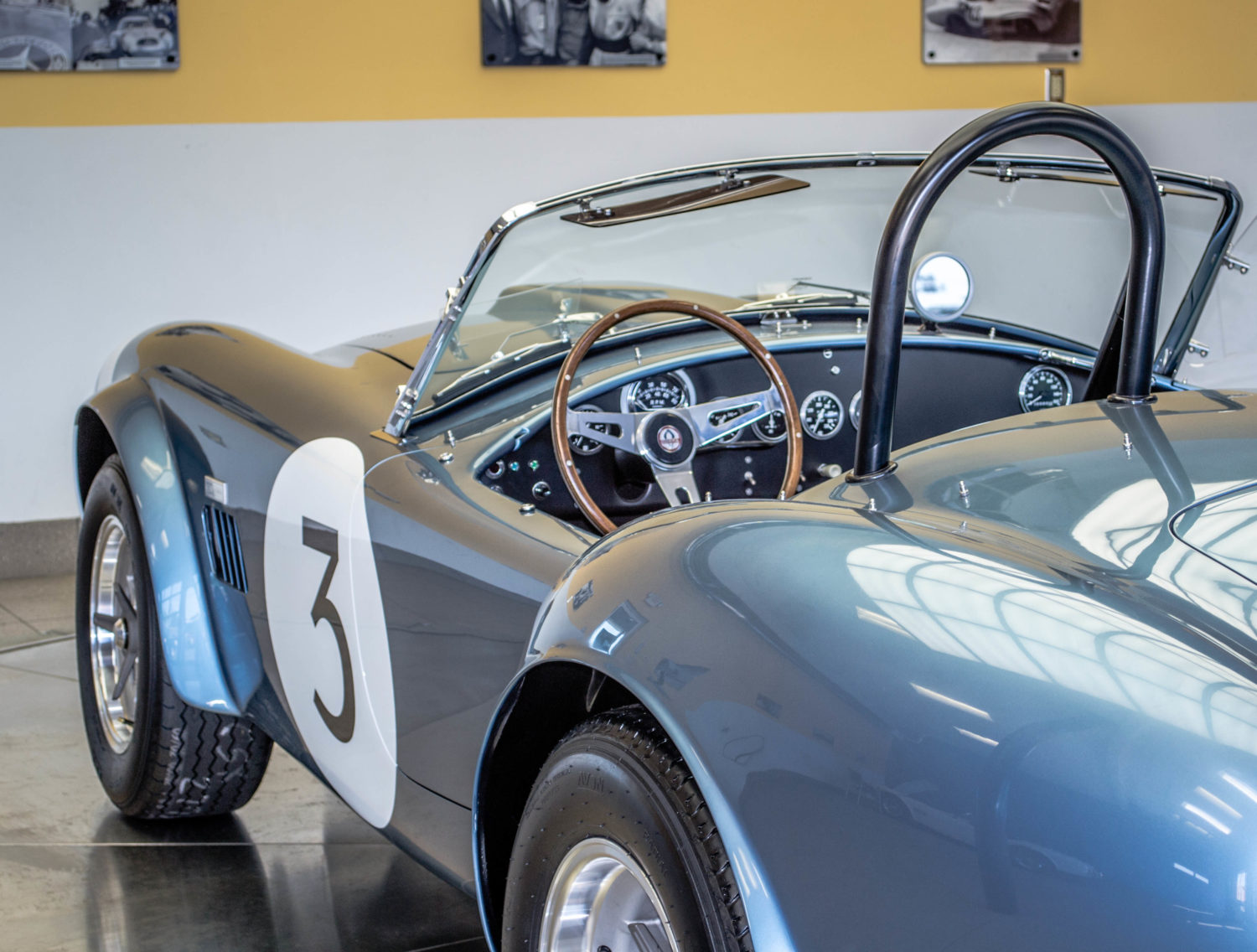
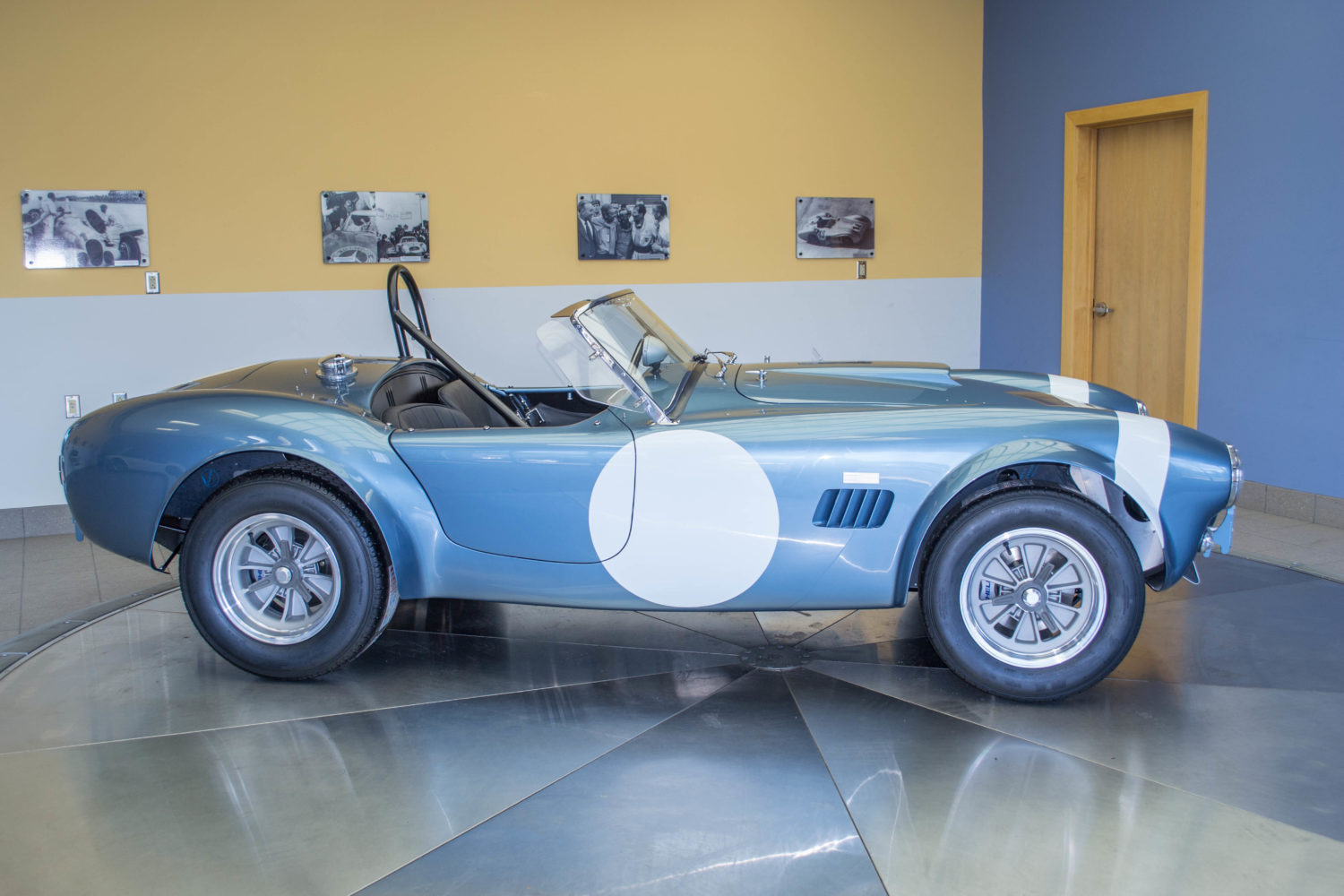
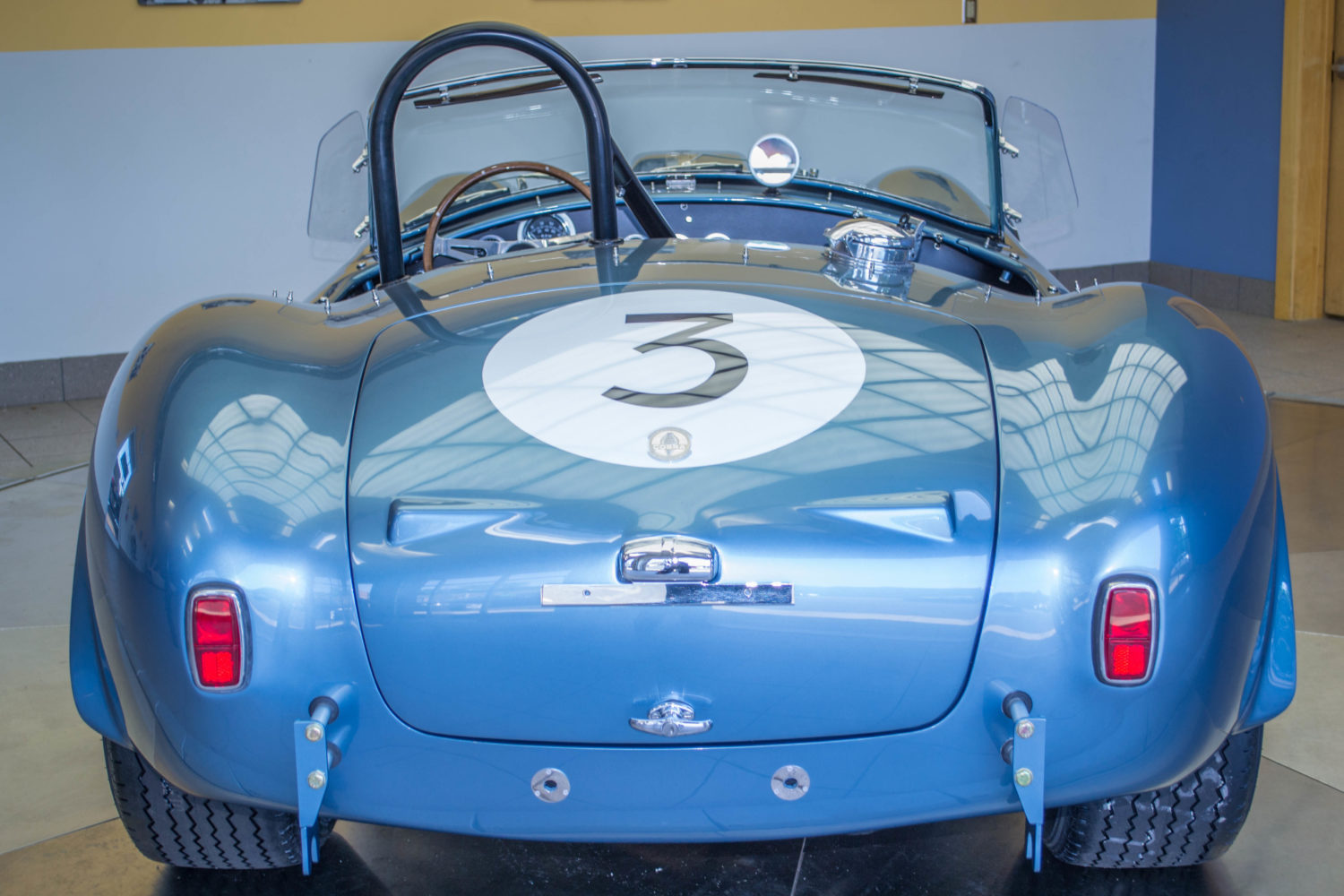
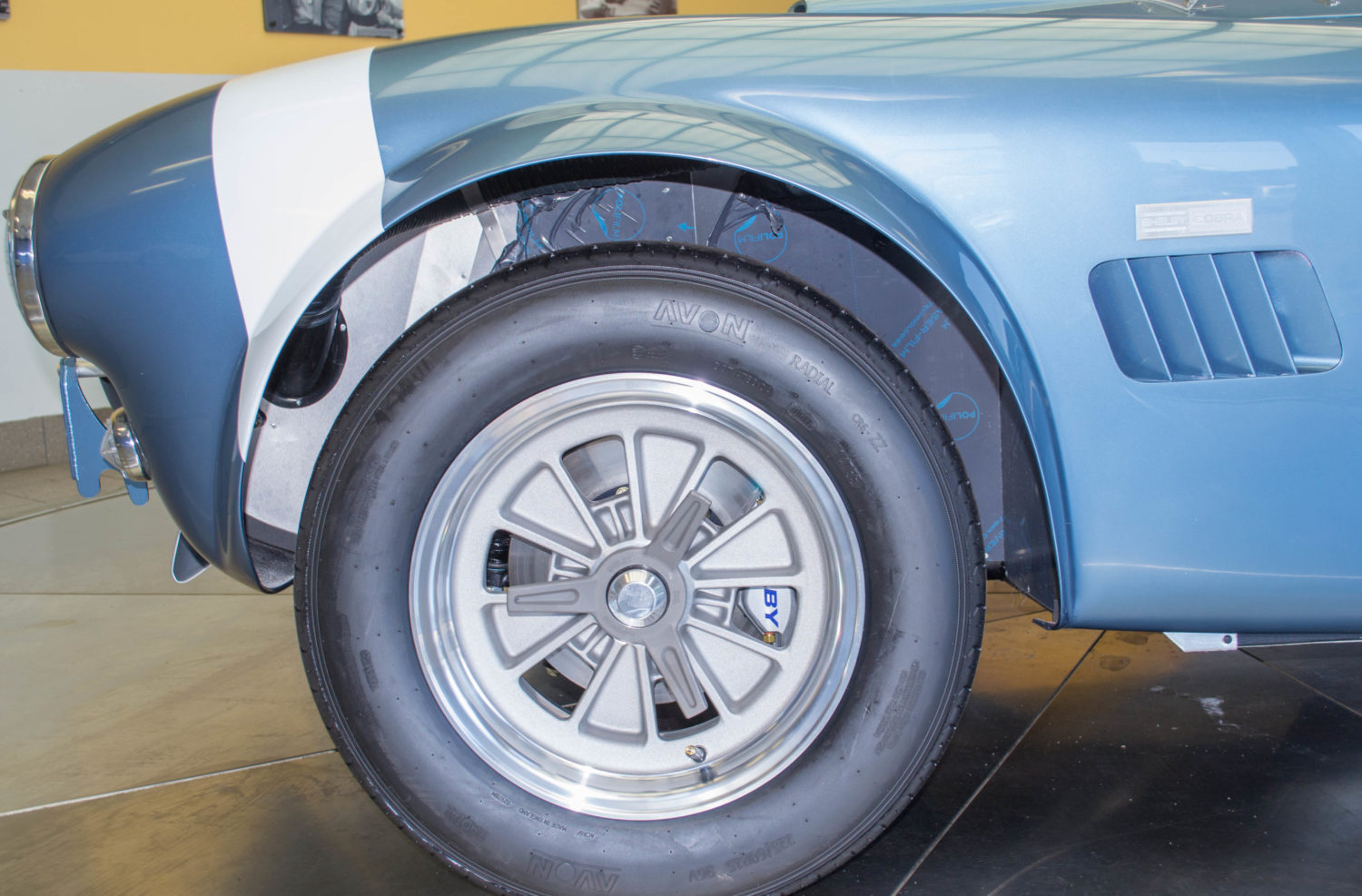
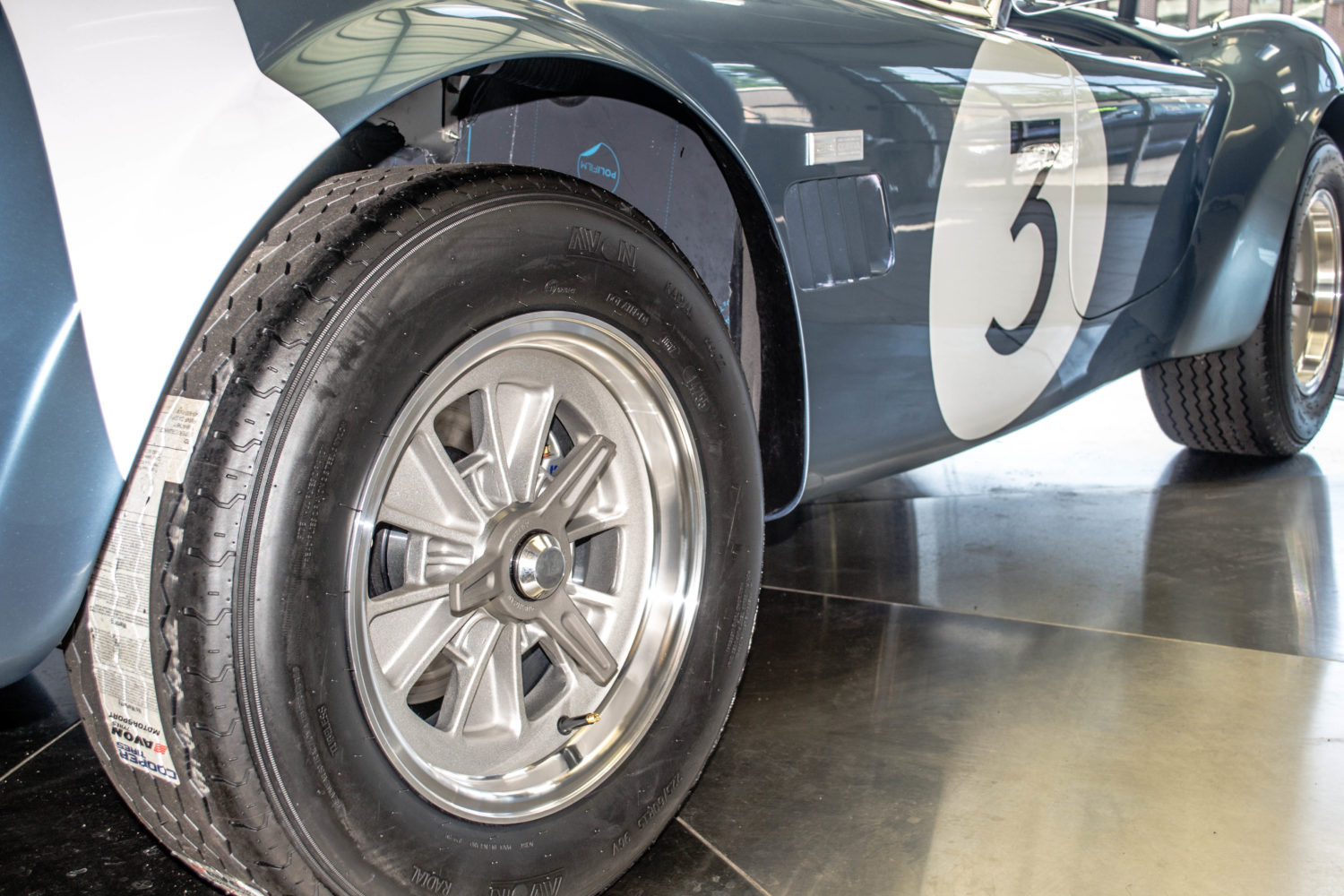
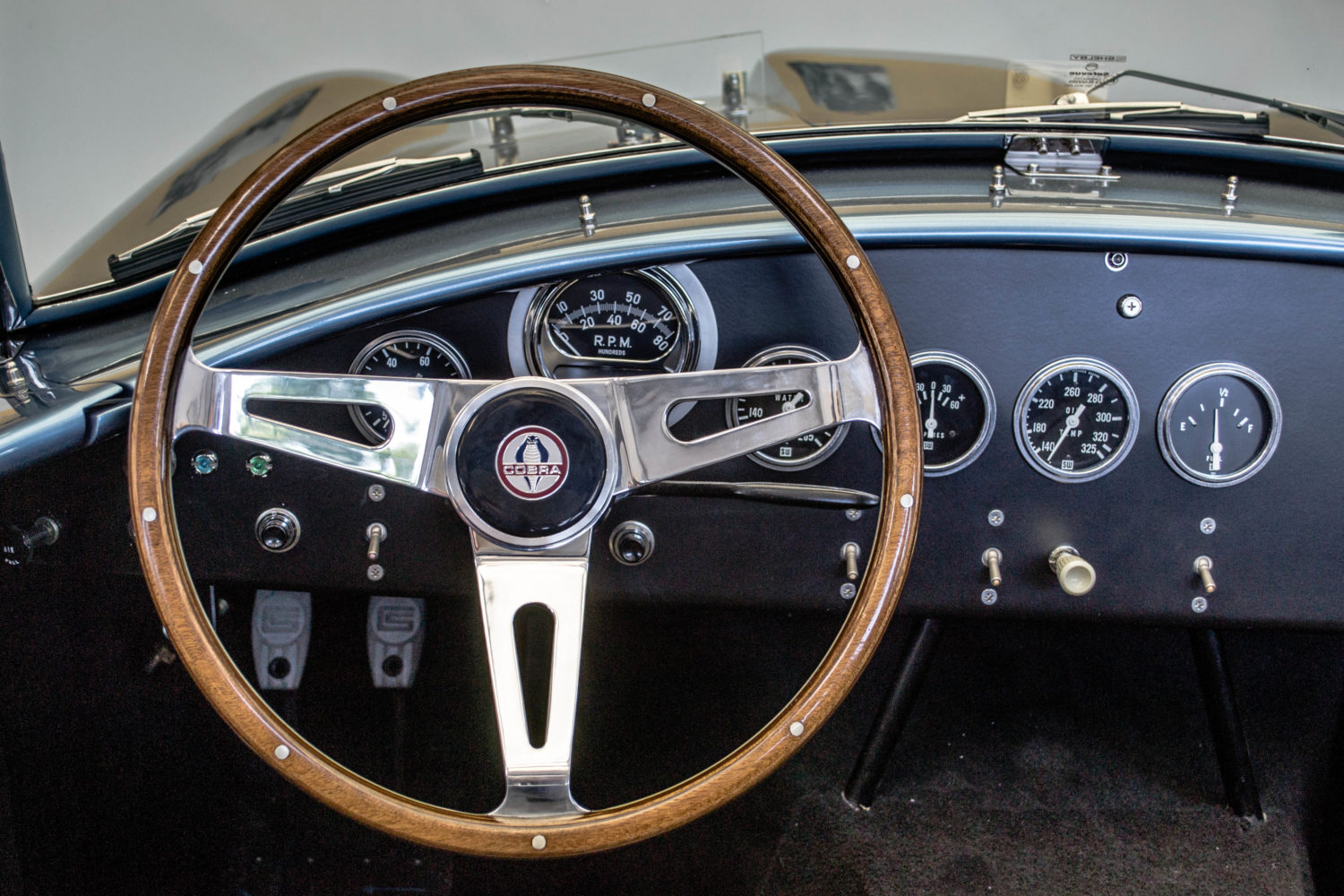
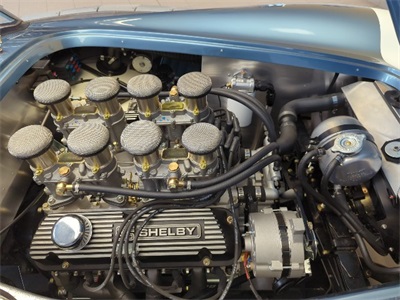
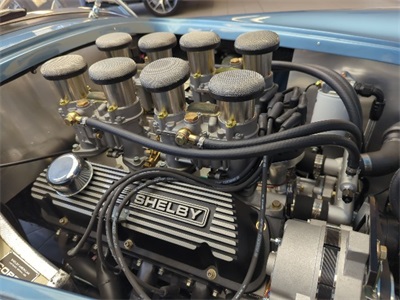
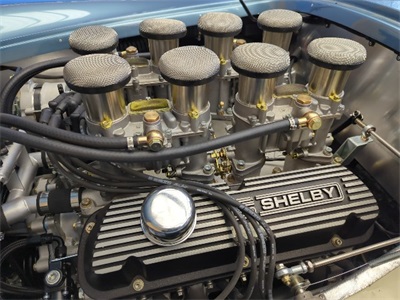

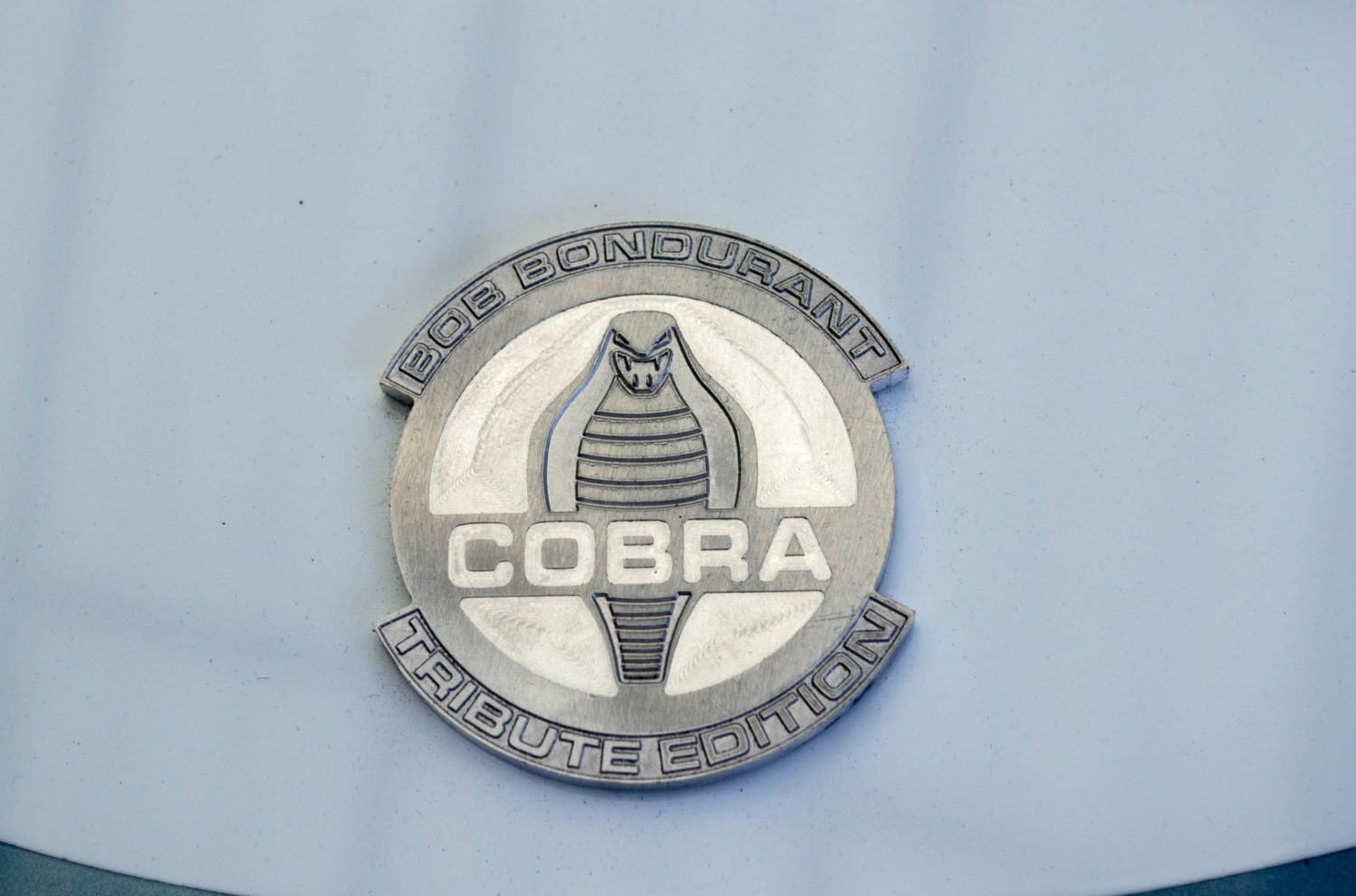
Shelby CSX2345 Bondurant Tribute 289
Shelby CSX2000 Bondurant Tribute 289 | Shelby Legendary Cars
The Bondurant Limited Edition Shelby FIA Cobras and Daytona Coupes will bear a CSX2000 series serial number and will be supplied as Turn Key Minus engine and Transmission. Shelby will offer the Cobras in liveries used by Bondurant during his racing career. Owners can choose between: Roadster CSX2345 when it appeared as the #3 car at the 1964 Grand Prix de Spa Roadster CSX2345 when it was the #21 in the 1965 Rossfeld Mountain Hill Climb The FIA Shelby Cobra authentic continuation is based on CSX2345, which competed in seven FIA events, more than any other convertible. CSX2345 had five first-place wins and is the only Cobra to compete in both the 1964 and 1965 racing seasons in Europe; it was also the only roadster on the team in 1965 The tribute cobras will include a variety of original features including a laid-back windscreen, custom knee-pad on the driver’s door, high beam activation switch, diagonal roll bar brace and country of origin plaque. Available in both aluminum and fiberglass, specifications include: Original frame configuration with 3-inch round tube main rails and a 90-inch wheelbase Independent front and rear suspension with upper transverse leaf springs and rack & pinion steering Shelby Brakes with Shelby inscribed calipers Shelby aluminum differential housing with Dana 44 gears and a 3.54 ratio 16-inch original style wood rim steering wheel Period correct gauges 14-Gallon fuel tank
SPECIFICATIONS
DIMENSIONS and CAPACITIES:
- Wheelbase: 90″
- Length: 151.5″
- Height (Top of screen): 45″
- Width (Overall): 72″
- Track Front: 53″
- Track Rear: 53″
- Fuel Tank: 14 gal.
- Front Wheels: 15″ Dayton 70 spoke knock off
- Rear Wheels: 15″ Dayton 70 spoke knock off
- Tires-Front 205/70 R15
- Tires-Rear 205/70 R15
- ZF Limited slip differential, ratio 3:46:1
- Salisbury differential, ratio 3:54:1
- Chassis: Round Tube
- Body: Fiberglass with steel tube reinforcements
- Body Reinforcements: Beneath doors, hood and trunk
- Front Suspension: Transverse leaf spring, Spax adjustable shocks
- Rear Suspension: Transverse leaf spring, Spax adjustable shocks
- Steering: Rack and pinion
- Pedal Box: ¾ clutch master cylinder, 2x ¾ brake master cylinders with balance bar
- Front Brakes: Wilwood 4 pot dynalite
- Rear Brakes: Wilwood 2 pot with handbrake incorporated
- Exhaust system: Twin pipe rear exit
- Instrumentation: Stewart Warner
- Interior: Motolita steering wheel, leather/vinyl seats
- Weather: Optional soft top, side screens and tonneau cover
- Recommended engine & transmission: Ford 289/302 based with TKO 600
CHASSIS:
To truly replicate the cornering feeling felt by the racers of the day, the chassis had to be as close to the original as possible. Unlike other manufacturers, the engineers of the Shelby CSX2000 have resisted the urge to make the ride “better” by fitting a reinforced chassis or unequal length control arms with coil-over shocks. Instead, only small functional changes were made for safety or practicality purposes. In fact, the original AC drawings of the chassis, springs, shocks and body dimensions were used to form the necessary jigs. The 3” pipes have been tig and mig welded with computer assistance to guarantee a safer and stronger chassis than the arc and gas welded originals. The chassis is just about as close to the original as possible in this modern day. Building the cars with a meticulous eye on authenticity took time, but in the end, we feel that effort pays off in a superior driving experience for customers.
BODY:
The Shelby CSX2000 bodywork replicates the European FIA regulated form but is here produced in fiberglass. While every one of the FIA cars differed in some small way from the others, one of the identifying characteristics were the different colored stripes painted across the fenders and hood of the Team Shelby cars. The Shelby CSX2000 features the larger Le Mans type fuel filler placed almost directly behind the passenger’s seat to enable easier pit refilling. Just like the originals, cars may also be fitted with a small wind deflecting shield to prevent fuel being sucked out and into the car at speed. More fuel was required in the endurance-racing FIA cars, so a special long-range fuel cell was fitted in the trunk. Because the FIA required there be enough room in the trunk for a regulation size suitcase as well, two dimples had to be “engineered” into the boot lid for it to close properly. Legend has it that the first dimples were actually created when the aluminum trunk lid was slammed shut over the luggage by a frustrated mechanic. The reserve fuel switchover valve has been placed on the floor between the driver’s legs just in front of his seat. The hood of the Shelby CSX2000 also gets special treatment. The rivets that appear on the front of the hood were there to prevent the aluminum from being torn off of its frame at high speed. This was known to happen on the originals, due to the high pressure build-up in the engine compartment. The fender air vents helped to alleviate that problem and to remove excess heat from the engine compartment as well. Fiberglass air scoops are also fitted in three locations to feed cold air onto the front and rear brakes as well as into the cabin foot wells. Because of the use of larger tires on the FIA cars, the rear and doors were modified to accommodate them. Cut back doors and a more bulbous rear appeared, and the front fenders were flared even further to cover the larger front tires as well. Oil coolers for both the motor and differential have been fitted. Rondel illuminating lights were fitted on the sides of some of the originals for night racing and are available here as well. A roll bar has also been fitted with a forward angled support tube brace bolted to the chassis in the passenger’s foot well. No carpets were fitted and all other trim was also removed.
FRONT & REAR SUSPENSION:
Just like with the chassis, the same rule applied with the suspension development – it had to be period correct, or as close to it as possible. While the original used a transverse leaf spring style suspension, that arrangement requires different length springs to change camber settings. Because of that, the decision was made to go with heim joints, just like some of the original competition cars used. In fact, two options are offered here – The first being rose joints and the second being adjustable rod ends with poly bushings for a slightly less harsh ride. Another change for safety was to add an additional pick-up point to the chassis in order to increase the shear strength of the bolt passing through the lower control arm rose joint or poly-bushed rod end. The original springs were made of thinner steel than that available today, so the engineers milled the modern units to the correct size and thickness. This insistence on authenticity means that owners of a Shelby CSX2000 will have virtually the same driving experience as those original racers from the ’60s.
ENGINE and TRANSMISSION:
Under the hood of the originals resided a race 260 or 289 equipped with Webers. Only the first 75 cars were fitted with the 260 before the switch to the 289. The FIA cars also featured a Harrison radiator expansion tank (sourced from a 1963 Corvette) that was fitted above the transverse spring, and side exhausts that exited at the rear of the doors.
Power comes from an all aluminum V8 buily by Carroll Shelby Engine Company. This is a numbers matching engine casting to the chassis number. Engine features 4 Weber 48 IDA carburetors. This 364 cubic inch produced 504 HP and 518 ft./lbs. of torque on the dyno. The engine is coupled to a Tremec 5-speed transimssion.
All of the power is firmly planted to the ground through Avon CR6ZZ tyres.